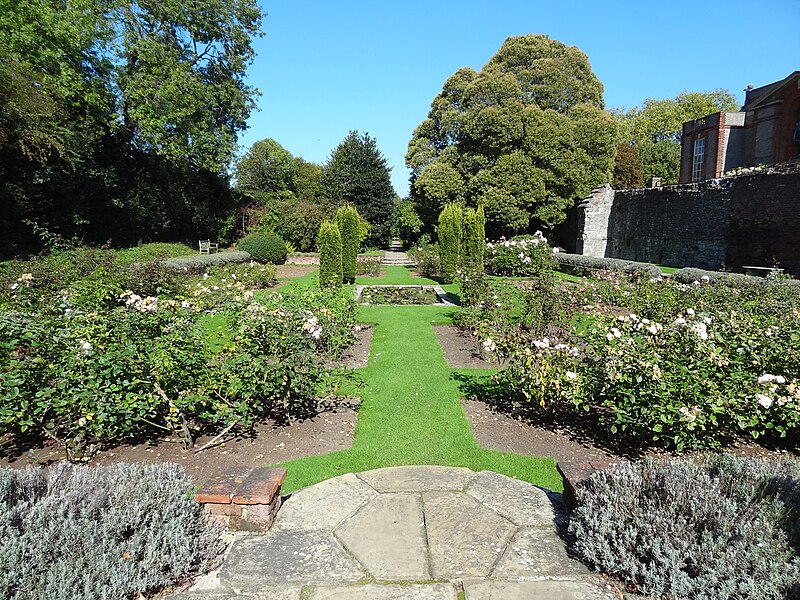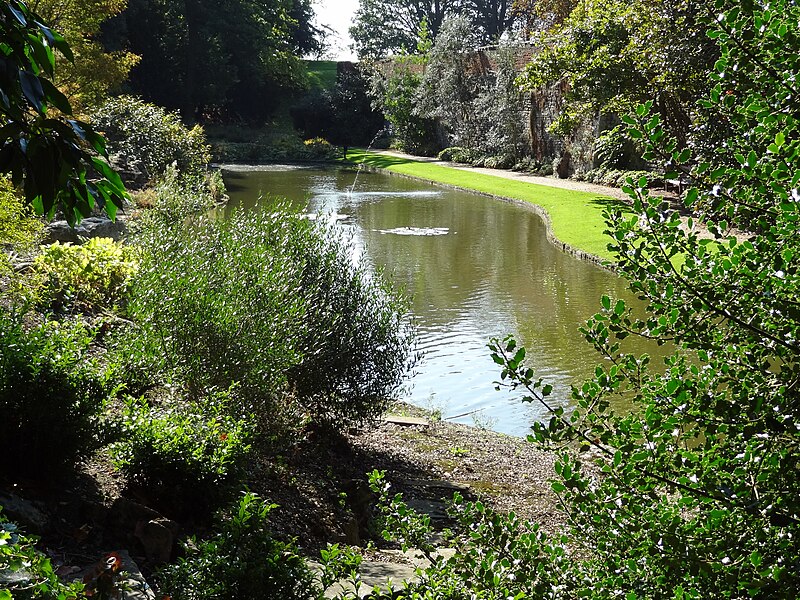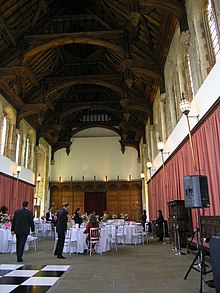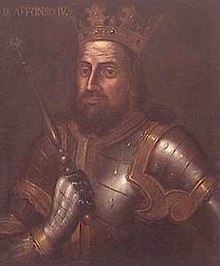Due to problems invented by Blogger and Google this blog will be moving on . It seems every time we get near to being paid out for the ads this and my other blogs create (but especially for them) they find an excuse not to pay.The latest one was that my photos were too big. This was given as an excuse on THE ITALIAN WARS OF INDEPENDECE and on let god decide the just tHEY SAID THAT THE BLOG WASN'T ORIGINAL AND THEREFORE IT WAS TO BE DONE WITHPOUT ADS, THIS IS AFTER WE ARE CLOSE TO GETTING PAID OUT BY THEM.sTRANGE THEY NEVER SAID ANYTHING IN THE LAST YEAR. The other excuse was that I was inciting readers to click ads. I have no incitements like this. So we'll be leaving. I'd just ask you not to get involved with Google blogs. In my opinion =Not honest.
Thursday 13 October 2011
DISHONEST BLOGGER ITALY PLUS GOOGLE
Due to problems invented by Blogger and Google this blog will be moving on . It seems every time we get near to being paid out for the ads this and my other blogs create (but especially for them) they find an excuse not to pay.The latest one was that my photos were too big. This was given as an excuse on THE ITALIAN WARS OF INDEPENDECE and on let god decide the just tHEY SAID THAT THE BLOG WASN'T ORIGINAL AND THEREFORE IT WAS TO BE DONE WITHPOUT ADS, THIS IS AFTER WE ARE CLOSE TO GETTING PAID OUT BY THEM.sTRANGE THEY NEVER SAID ANYTHING IN THE LAST YEAR. The other excuse was that I was inciting readers to click ads. I have no incitements like this. So we'll be leaving. I'd just ask you not to get involved with Google blogs. In my opinion =Not honest.
Tuesday 11 October 2011
DISHONESTY
Due to problems invented by Blogger and Google this blog will be moving on . It seems every time we get near to being paid out for the ads this and my other blogs create (but especially for them) they find an excuse not to pay.The latest one was that my photos were too big. This was given as an excuse on THE ITALIAN WARS OF INDEPENDECE. The other excuse was that I was inciting readers to click ads. I have no incitements like this. So we'll be leaving. I'd just ask you not to get involved with Google blogs. In my opinion =Not honest.
Sunday 9 October 2011
prince john of eltham by niena
 John of Eltham, 1st Earl of Cornwall (15 August 1316 – 13 September 1336) was the second son of Edward II of England and Isabella of France. He was heir to the English throne from the date of the abdication of his father (25 January 1327) to the birth of his nephew Edward of Woodstock (15 June 1330).
John of Eltham, 1st Earl of Cornwall (15 August 1316 – 13 September 1336) was the second son of Edward II of England and Isabella of France. He was heir to the English throne from the date of the abdication of his father (25 January 1327) to the birth of his nephew Edward of Woodstock (15 June 1330).
 At the age of twelve, he was created Earl of Cornwall on 6 October 1328. Caught in the throes of the war between his father, Edward II, and mother Isabella, his growing years were turbulent.
At the age of twelve, he was created Earl of Cornwall on 6 October 1328. Caught in the throes of the war between his father, Edward II, and mother Isabella, his growing years were turbulent. He was passed between his parents and even held in the Tower of London for a time before his brother, Edward III, led a coup against their mother and assumed his majority.
He was passed between his parents and even held in the Tower of London for a time before his brother, Edward III, led a coup against their mother and assumed his majority.
Information on John is scant, but by most historical accounts he was highly competent, and highly trusted by Edward. He was named "Guardian of the Realm" when Edward III was out of the country; was asked to open Parliament in Edward's absence, and was named Warden of the northern Marches, which gave him virtual autonomy in that portion of England.

Half a dozen brides had been proposed for him, most being the eligible daughters of the kings of Europe. Eventually, Maria, illegitimate daughter of Afonso IV of Portugal
was chosen, but John died before the marriage.
The Battle of Halidon Hill (19 July 1333) was fought during the Second War of Scottish Independence. Scottish forces under Sir Archibald Douglas  were heavily defeated on unfavourable terrain while trying to relieve Berwick-upon-Tweed.
were heavily defeated on unfavourable terrain while trying to relieve Berwick-upon-Tweed. Ever since the death of John Comyn at the hands of Robert Bruce and his supporters in 1306 the Wars of Scottish Independencehad also become a civil war.
Ever since the death of John Comyn at the hands of Robert Bruce and his supporters in 1306 the Wars of Scottish Independencehad also become a civil war.  The Treaty of Northampton in 1328 brought to an end over thirty years of intermittent warfare between England and Scotland; but it also left a large and discontented party of Scots and Anglo-Normans, men with Balliol and Comyn associations, who had lost lands and property in Scotland.
The Treaty of Northampton in 1328 brought to an end over thirty years of intermittent warfare between England and Scotland; but it also left a large and discontented party of Scots and Anglo-Normans, men with Balliol and Comyn associations, who had lost lands and property in Scotland. In 1332 under the leadership of Edward Balliol, son and heir of King John Balliol, and Henry Beaumont, 4th Earl of Buchan, these men invaded Scotland with the tacit support of Edward III, defeating the Bruce loyalists at the Battle of Dupplin Moor. Building on this success Balliol was crowned King of Scotland.
and Henry Beaumont, 4th Earl of Buchan, these men invaded Scotland with the tacit support of Edward III, defeating the Bruce loyalists at the Battle of Dupplin Moor. Building on this success Balliol was crowned King of Scotland.
 and Henry Beaumont, 4th Earl of Buchan, these men invaded Scotland with the tacit support of Edward III, defeating the Bruce loyalists at the Battle of Dupplin Moor. Building on this success Balliol was crowned King of Scotland.
and Henry Beaumont, 4th Earl of Buchan, these men invaded Scotland with the tacit support of Edward III, defeating the Bruce loyalists at the Battle of Dupplin Moor. Building on this success Balliol was crowned King of Scotland.]However, with very limited support in his new realm, he was ambushed at Annan a few months later by supporters of David II,
a few months later by supporters of David II, led by Sir Archibald Douglas, the Earl of Moray, The Steward
led by Sir Archibald Douglas, the Earl of Moray, The Steward . Balliol fled to England half-dressedHe appealed to King Edward for assistance, having already promised to cede to him all of the counties of south-east Scotland in return. Edward dropped all pretence of neutrality, recognised Balliol as King of Scotland and made ready for war
. Balliol fled to England half-dressedHe appealed to King Edward for assistance, having already promised to cede to him all of the counties of south-east Scotland in return. Edward dropped all pretence of neutrality, recognised Balliol as King of Scotland and made ready for war
 led by Sir Archibald Douglas, the Earl of Moray, The Steward
led by Sir Archibald Douglas, the Earl of Moray, The Steward . Balliol fled to England half-dressedHe appealed to King Edward for assistance, having already promised to cede to him all of the counties of south-east Scotland in return. Edward dropped all pretence of neutrality, recognised Balliol as King of Scotland and made ready for war
. Balliol fled to England half-dressedHe appealed to King Edward for assistance, having already promised to cede to him all of the counties of south-east Scotland in return. Edward dropped all pretence of neutrality, recognised Balliol as King of Scotland and made ready for warAt the beginning of 1333 the atmosphere on the border was tense. England was openly preparing for war. In Scotland Archibald Douglas, brother of the "Good" Sir James Douglas , and now Guardian of the Realm for the underage David, made arrangements for the defence of Berwick-upon-Tweed. Weapons and supplies were gathered, and the defence of the town was entrusted to Sir Alexander Seton. These preparations were all complete by the time Balliol crossed into Roxburghshire on 10 March. Besides the disinherited lords he was also accompanied by a number of English magnates. The army advanced quickly towards Berwick, which was placed under siege. The deceptions of the previous year had gone. Balliol was acting quite openly in the English interest. The Second War of Independence was underway.
, and now Guardian of the Realm for the underage David, made arrangements for the defence of Berwick-upon-Tweed. Weapons and supplies were gathered, and the defence of the town was entrusted to Sir Alexander Seton. These preparations were all complete by the time Balliol crossed into Roxburghshire on 10 March. Besides the disinherited lords he was also accompanied by a number of English magnates. The army advanced quickly towards Berwick, which was placed under siege. The deceptions of the previous year had gone. Balliol was acting quite openly in the English interest. The Second War of Independence was underway.
 , and now Guardian of the Realm for the underage David, made arrangements for the defence of Berwick-upon-Tweed. Weapons and supplies were gathered, and the defence of the town was entrusted to Sir Alexander Seton. These preparations were all complete by the time Balliol crossed into Roxburghshire on 10 March. Besides the disinherited lords he was also accompanied by a number of English magnates. The army advanced quickly towards Berwick, which was placed under siege. The deceptions of the previous year had gone. Balliol was acting quite openly in the English interest. The Second War of Independence was underway.
, and now Guardian of the Realm for the underage David, made arrangements for the defence of Berwick-upon-Tweed. Weapons and supplies were gathered, and the defence of the town was entrusted to Sir Alexander Seton. These preparations were all complete by the time Balliol crossed into Roxburghshire on 10 March. Besides the disinherited lords he was also accompanied by a number of English magnates. The army advanced quickly towards Berwick, which was placed under siege. The deceptions of the previous year had gone. Balliol was acting quite openly in the English interest. The Second War of Independence was underway.
Edward arrived at Berwick in person around the 1st of May after leaving Queen Philippa in the safety of Bamburgh Castle
on the Northumberland coast. His ally and protege had been at Berwick for some two months, and had been so far unmolested that he had been able to place the town under close siege. Trenches had been dug, the water supply cut and all communication with the hinterland ended. The Guardian's inactivity contrasts sharply with Robert Bruce's swift response to the siege of 1319. Douglas seems to have spent the time gathering a national army, rather than using the troops he already had in diversionary raids.

With the arrival of the English king the attack on Berwick began in earnest. Seton carried out a spirited defence; but by the end of June, under repeated attack by land and sea, his troops were close to exhaustion. He requested and was granted a short truce, but only on the condition that he surrender if not relieved by 11 July. As a guarantee of good faith Seton was required to hand over a number of hostages, which included his son, Thomas. Scotland was now faced with exactly the same situation that England had before Bannockburn.Edward II (25 April 1284 – 21 September 1327), called Edward of Caernarfon, was King of England from 1307 until he wasdeposed by his wife Isabella in January 1327. He was the sixth Plantagenet king, in a line that began with the reign of Henry II. Interspersed between the strong reigns of his father Edward I and son Edward III, the reign of Edward II was disastrous for England, marked by incompetence, political squabbling and military defeats.

Ian Mortimer has put forward the argument that Edward II was not killed at Berkeley but was still alive at least until 1330.] In his biography of Edward III[ he explores the implications of this, using evidence including the Fieschi Letter, concluding Edward II may have died in Italy around 1341. In her biography of Isabella, Alison Weir also considers the Fieschi Letter narrative – that Edward escaped imprisonment and lived the rest of his life in exile. Other historians, however, including David Carpenter have criticised Mortimer's methodology and disagree with his conclusions.

Widely rumoured to have been either homosexual or bisexual, Edward fathered at least five children by two women. His inability to deny even the most grandiose favours to his male favourites (first a Gascon knight named Piers Gaveston, later a young English lord named Hugh Despenser) led to constant political unrest and his eventual deposition. The behaviour resulted in contemporary accusations of sodomy from Bishop Adam Orleton of Hereford, an ally of Roger Mortimer and Queen Isabella in their successful insurgency against Edward.
Edward I had pacified Gwynedd and some other parts of Wales and the Scottish lowlands, but never exerted a comprehensive conquest. However the army of Edward II was devastatingly defeated at Bannockburn, freeing Scotland from English control and allowing Scottish forces to raid unchecked throughout the north of England.
In addition to these disasters, Edward II is remembered for his probable death in Berkeley Castle, allegedly by murder, and for being the first monarch to establish colleges at Oxford and Cambridge: Oriel College at Oxford and King's Hall, a predecessor of Trinity College, at Cambridge.The popular story that the king was assassinated by having a red-hot poker thrust into his anus has no basis in accounts recorded by Edward's contemporaries. Thomas de la Moore's account of Edward's murder was not written until after 1352 and is uncorroborated by other contemporary sources. Not until the relevant sections of the longer Brut chronicle were composed by an anti-Mortimer Lancastrian polemicist in the mid-1430s was the story widely circulated.

Ian Mortimer has put forward the argument that Edward II was not killed at Berkeley but was still alive at least until 1330.] In his biography of Edward III[ he explores the implications of this, using evidence including the Fieschi Letter, concluding Edward II may have died in Italy around 1341. In her biography of Isabella, Alison Weir also considers the Fieschi Letter narrative – that Edward escaped imprisonment and lived the rest of his life in exile. Other historians, however, including David Carpenter have criticised Mortimer's methodology and disagree with his conclusions.

: as a matter of national pride Douglas would have to come to the relief of Berwick, just as Edward II had come to the relief of Stirling Castle in 1314. The army the Guardian had spent so much time gathering was now compelled to take to the field, with all initiative lost. Nevertheless, Douglas' force was an impressive representation of the nation's strength and unity, with volunteers coming from all corners of the realm. As with all medieval armies the precise number of troops is difficult to estimate. It is possible, though, that the army was at least as strong as that which had fought at Bannockburn, perhaps even stronger. Douglas now began his belated march to the border.

At seventeen he was a key commander in the Battle of Halidon Hill (1333), a devastating defeat for the Scots.
Later he commanded an army in the southwest of Scotland that put down resistance to Edward Balliol, whose claims to the Scottish throne were supported by England.

According to Scottish accounts, who view John as a ruthless destroyer, he burned down Lesmahagow Abbey when it was filled with people who had sought sanctuary from the wrath of the English troops. As the Scottish chronicler John of Fordun tells it, this violation of the sacred laws of sanctuary so enraged King Edward III that he killed his own brother in fury. According to modern historian Tom Beaumont James, this tale "challenges the distinction between history and story."

John died, shortly after turning 20, at Perth, probably from a fever. Edward buried his brother with all honors in a beautiful tomb in Westminster Abbey, in January of 1337, and had masses said for his soul regularly.
Tuesday 4 October 2011
Subscribe to:
Posts (Atom)

